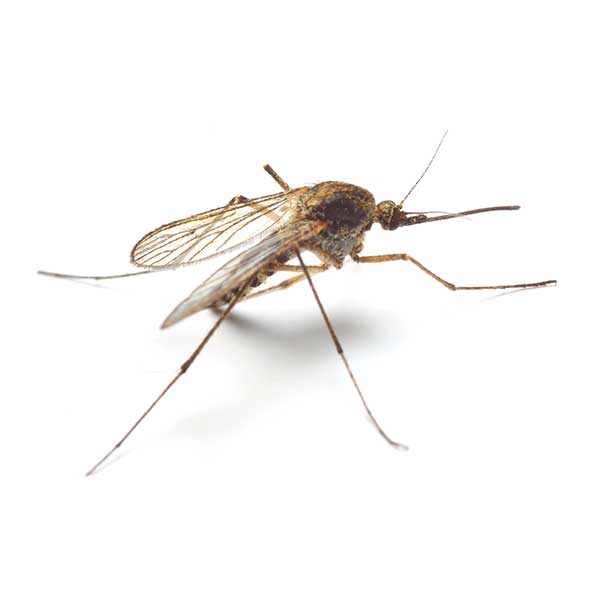Mosquitoes in San Angelo
Mosquitoes are not only a nuisance due to their itchy bites, but they also pose a significant threat to human health and well-being. These tiny insects are responsible for transmitting numerous dangerous diseases, such as malaria, West Nile virus, and Zika virus. According to the World Health Organization (WHO), mosquito bites lead to the deaths of over 1 million people annually, with malaria being the primary cause of most of these fatalities.
In the United States, there are approximately 200 different mosquito species, each with diverse habitats ranging from deserts at or below sea level to high-elevation mountain meadows reaching 10,000 feet or more. These adaptable insects can thrive in various environments, making them a ubiquitous concern for public health and necessitating effective mosquito control measures and disease prevention efforts.
Mosquito Habitat
Mosquitoes are prolific breeders, laying their eggs in stagnant or slow-moving water. This makes marshes and lakes common areas where mosquitoes thrive. Surprisingly, they only need as little as a half-inch of standing water to breed successfully. As a result, mosquitoes can be frequently found around residential areas, such as in kiddie pools, metal buckets, flower pots, and any objects that collect rainwater or excess water from irrigation systems.
This highlights the significance of homeowners regularly inspecting their property for potential water-collecting containers. By doing so, they can eliminate breeding sites and prevent mosquitoes from establishing safe havens to lay eggs and propagate. Taking proactive measures like this is crucial in reducing mosquito populations and the risk of mosquito-borne diseases around homes and communities.
Mosquito Behaviors, Threats, or Dangers
For most mosquito species, a blood meal is necessary before they can lay a batch of eggs. While many people and animals experience no severe effects from mosquito bites, the typical response is an itchy welt. However, the potential diseases these insects can transmit can be significant and worrisome.
Many individuals infected with mosquito-transmitted viruses may not show any symptoms or only experience mild flu-like symptoms that do not require medical attention. Nevertheless, in a small percentage of cases, severe symptoms can occur following infection. Additionally, mosquitoes are responsible for transmitting heartworm in dogs, posing a threat to canine health.
Understanding the risks associated with mosquito bites and the diseases they may carry underscores the importance of taking preventative measures to avoid exposure to mosquitoes. Mosquito control and protective measures can help safeguard against potential health hazards linked to mosquito-transmitted diseases. Mosquitoes can be dangerous, which is why it’s so important to contact a professional mosquito exterminator for exclusion and control services to protect your San Angelo property.

